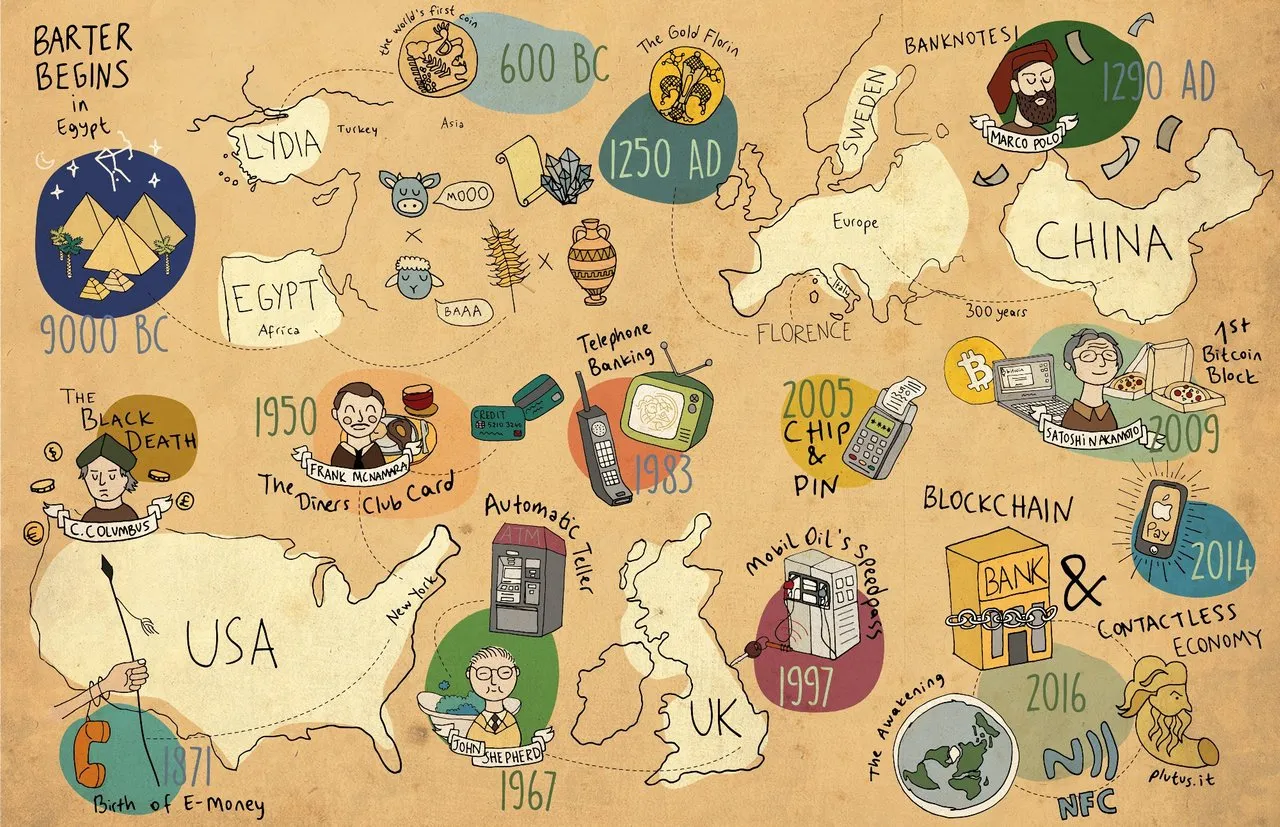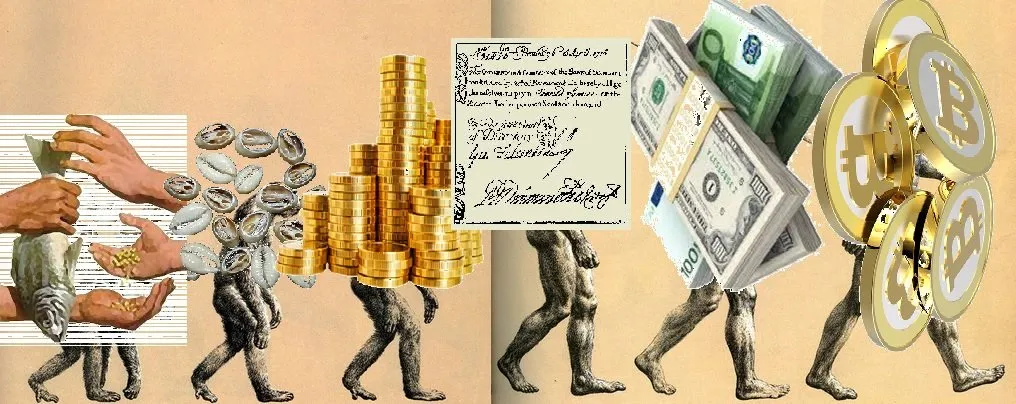
Ever since man began to settle, and civilizations began to rise, trade and commerce have been an integral part of the human experience.
In those early days of the agricultural settlement, bartering was the preferred method of exchange. But, at some point coinage and money entered the picture, and reshaped culture from that day forward.
Why was it necessary to create money? What was the advantage to having currency?
The First Mint
Up until about 500 BCE, most civilizations had used the barter system, livestock, and cowrie shells to trade for goods and services. Around 1000 BCE the Chinese first started using copper and bronze to manufacture metal cowries. In some regards, these can be seen as coins. But it was the Lydian culture of Turkey that first began minting silver coins emblazoned with the seal of the realm around 500 BCE. Lydia's King- Alyattes- sat at the center of a vast trade network between East and West.

An important exit from the Middle East on the spice route, Lydia was a powerful and wealthy state. Having so many cultures, myriad goods and trade system flowing through the realm created a cornucopia of problems in regulating commerce. What was the value of a pound of cinnamon from one culture to the next? How many of one good equaled how many of another good? Often the answer was subjective and open to debate.
By creating a simple standard based on minted silver coins, Lydia was able to normalize the goods and services economy from one end of the trade route to the other. And by doing so, Alyattes was also able to merge the trade of those various cultures, and thus in some ways the cultures themselves.
This simple standardization of value changed commerce and trade forever. And made the Kings of Lydia very rich.
Over the next few centuries other civilizations would put their ideas, techniques, and creativity to improving upon the minted coin. The Greeks, Romans, and Phoenicians were among many who took the idea of standardized currency and used it to control trade and commerce.
The Standard of Value
Throughout the history of minted currency, the next problem became how to standardize the currency itself. What is the true value of currency? Initially, the value of a coin was simply the amount of precious metal in the coin itself: silver, gold, copper, etc.
But as minting techniques were refined, it became easier to use alloys and lower levels of precious metals in the actual making of the coin. In some cultures, value was associated with rarity or even aesthetic value. The Yapese Tribesman of the Southwest Pacific placed value on limestone coins, some carved as tall as a human. With so many cultures and governments minting so many different types of currency, there was no standardization of value. Enter, too, the banknote; currency in paper form.
As early as 806 AD, the notion of "value-backed" currency emerged. A simple paper banknote was worth whatever amount of standard precious metal was on reserve. There could only be as many banknotes as there was backing stored. By the 19th century, that backing for most paper money was gold.
Once again, this gave the ruling body the opportunity to control value, inflation, depreciation and other economic considerations.
It was the worldwide impact of the Great Depression of the 1930's that finally solidified a global effort to standardize the value of currency. The gold standard- which had been the primary valuation for banknotes for over 100 years- was abandoned.
Central banks took control of minting, regulating, and valuating money on a global scale, slowly evolving into the intricate system we have today.

The Past and Future of Money
From the creation of the first minted coin to the banknotes produced by the Federal Reserve, currency has standardized the value of goods and services, helped bring diverse cultures together, and ultimately proclaimed the power of centralized government.
The evolution of commerce and trade and the growth of global economics could not have happened without the historical development of money. And many speculate that the next frontier in the evolution of currency is digital.
What value will the currency of the future have for us next?
SOURCES
Paul Bahn - The Atlas of World Archaeology
Scott Fitzpatrick - Banking on Stone Money
PBS-Nova - The History of Money